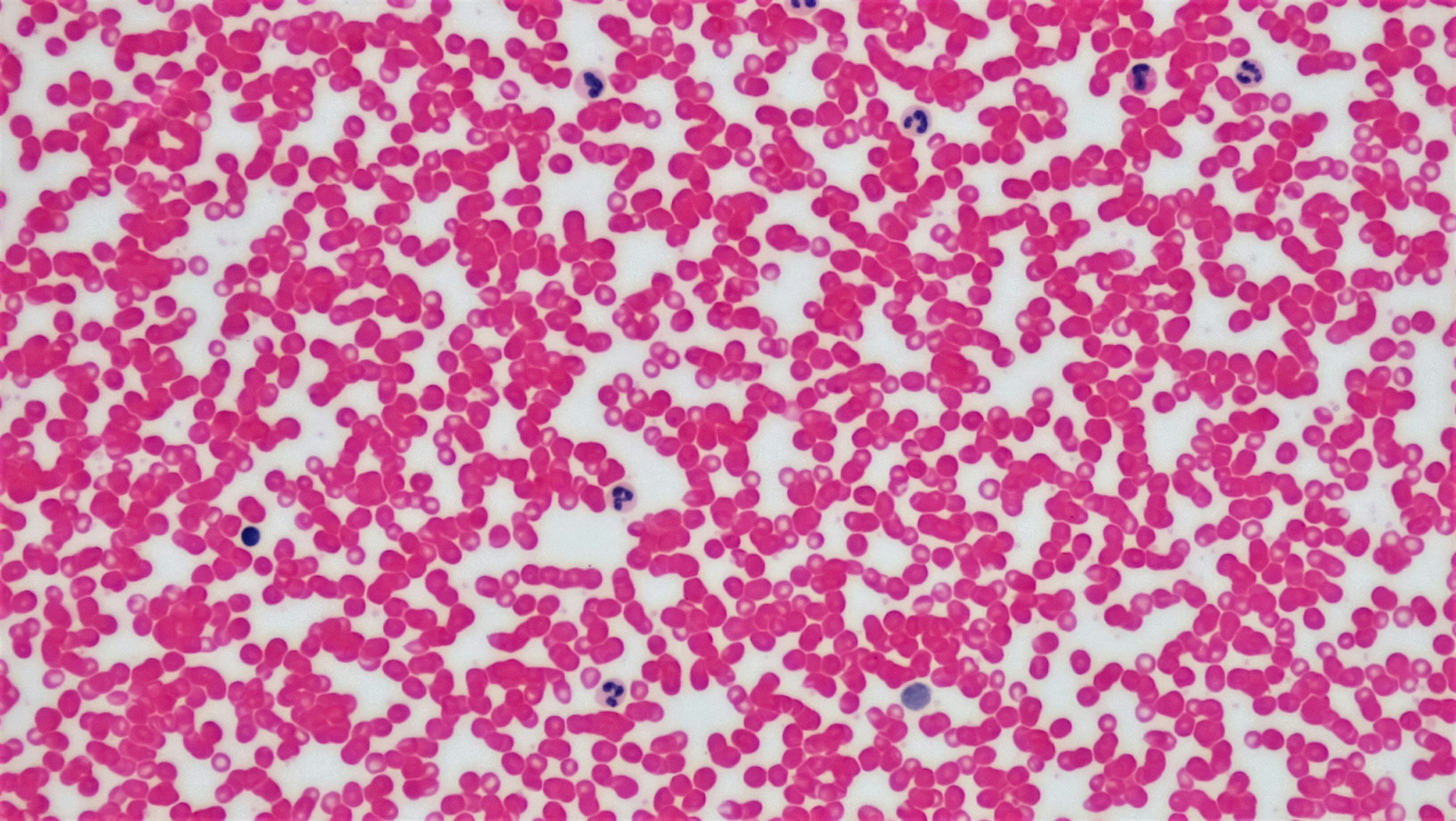
My Dog Tested Positive for Anaplasma—What Happens Next?
The first thing we do after a positive result is evaluate a complete blood count (CBC) and perform blood cytology. These tests allow us to check for changes in your dog’s blood cell levels and look for evidence of the bacteria inside the blood cells. If we see abnormalities or signs of infection, we begin treatment right away.

My Pet Tested Positive for Lyme Disease—Now What?
When your pet tests positive for Lyme disease, we follow up with a specialized blood test called the C6 antibody test, offered through IDEXX Laboratories. This test measures the level of antibodies against the Lyme-causing bacterium, Borrelia burgdorferi. A high C6 value typically indicates an active infection, and in these cases, we recommend starting treatment right away.

Bank Now, Save Later: The Benefits of Stem Cell Banking
The key benefit of the "bank now, save later" option is that we collect stem cells while your pet is already under anesthesia for a scheduled procedure—no need for a second surgery or recovery period. Younger pets also tend to have a higher yield of healthier, more potent stem cells, making early collection a smart investment in your pet’s future.

Easing Vet Visit Stress: How Pre-Visit Medications Can Help Your Pet
We often recommend pre-visit pharmaceuticals—safe, short-acting medications designed to reduce anxiety and help your pet feel calmer during their visit. These medications aren’t about “knocking your pet out.” They’re about setting the stage for a more peaceful, positive experience.

Introducing Specialized Ultrasound Appointments for Pets Who Need a Little Extra Care
At Two Rivers Vet Hospital, we understand that sometimes pets need a closer look—especially when something just isn’t adding up. That’s why we’re proud to offer abdominal ultrasound appointments, designed specifically for patients who need a little extra diagnostic attention.
Unlike radiographs (X-rays), which provide an excellent overview of the size and shape of organs, ultrasound allows us to see inside the tissue of those organs. This detailed, real-time imaging helps us evaluate subtle changes that may not be visible with other forms of imaging. It’s an invaluable tool for diagnosing conditions affecting the liver, kidneys, intestines, bladder, spleen, and more.

Stem Cell Therapy in Pets: A Promising Frontier in Regenerative Medicine
Stem cell therapy is one of the most exciting advances in veterinary medicine, offering new hope for pets suffering from chronic pain, orthopedic injuries, and degenerative diseases. While it may feel like a recent development, stem cells have actually been studied for decades.
